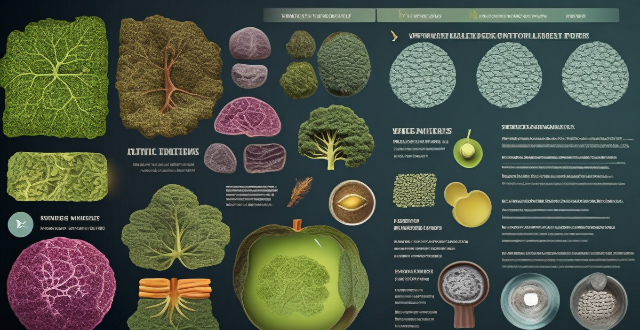Dancing provides elderly with physical health benefits such as improved cardiovascular function, muscular strength, balance, and weight management. It also promotes socialization by increasing interaction, offering a sense of community, providing cognitive stimulation, and boosting self-esteem.

The Benefits of Dancing for the Elderly
Dancing is a wonderful form of exercise that can provide numerous physical and mental health benefits for people of all ages. For the elderly, dancing can be particularly beneficial as it not only helps improve their overall physical health but also promotes socialization and mental well-being. In this article, we will explore how dancing contributes to both physical health and socialization in the elderly.
Physical Health Benefits
1. Improved Cardiovascular Health
Dancing is an excellent cardiovascular workout that can help improve heart health by increasing blood circulation and reducing the risk of heart disease. As we age, our cardiovascular system becomes less efficient, making it important for older adults to engage in activities that keep their hearts healthy.
2. Enhanced Muscular Strength and Endurance
Dancing requires the use of multiple muscle groups, including those in the legs, arms, and core. This makes it an effective way to build strength and endurance, which can help prevent falls and other injuries associated with aging.
3. Better Balance and Coordination
As we get older, our balance and coordination tend to decline, increasing the risk of falls and fractures. Dancing can help improve these skills by challenging the body to maintain balance while performing complex movements.
4. Weight Management
Regular dancing can also aid in weight management by burning calories and promoting a healthy metabolism. Maintaining a healthy weight is crucial for seniors as it reduces the risk of obesity-related illnesses such as diabetes and high blood pressure.
Socialization Benefits
1. Increased Social Interaction
Dancing provides an opportunity for seniors to interact with others, which can help combat feelings of isolation and loneliness often experienced by older adults. This increased social interaction can lead to improved mental health and overall quality of life.
2. Sense of Community
Joining a dance group or taking part in dance classes can give seniors a sense of belonging within a community. This sense of community can provide emotional support and encouragement, especially during times when they may feel vulnerable or unsure.
3. Cognitive Stimulation
Learning new dance moves and routines can provide cognitive stimulation for seniors, helping to maintain mental sharpness and delay the onset of dementia. Additionally, dancing requires memorization, which can further enhance cognitive function.
4. Boosted Self-Esteem and Confidence
As seniors become more proficient in their dancing skills, they may experience a boost in self-esteem and confidence. This positive self-image can have far-reaching effects on their overall well-being, encouraging them to engage in other activities and pursue new hobbies.
Conclusion
In conclusion, dancing offers numerous physical health benefits for the elderly, including improved cardiovascular health, enhanced muscular strength and endurance, better balance and coordination, and weight management. Additionally, dancing promotes socialization by increasing social interaction, providing a sense of community, offering cognitive stimulation, and boosting self-esteem and confidence. Encouraging seniors to participate in dancing activities can help them maintain their physical health and mental well-being as they age gracefully.